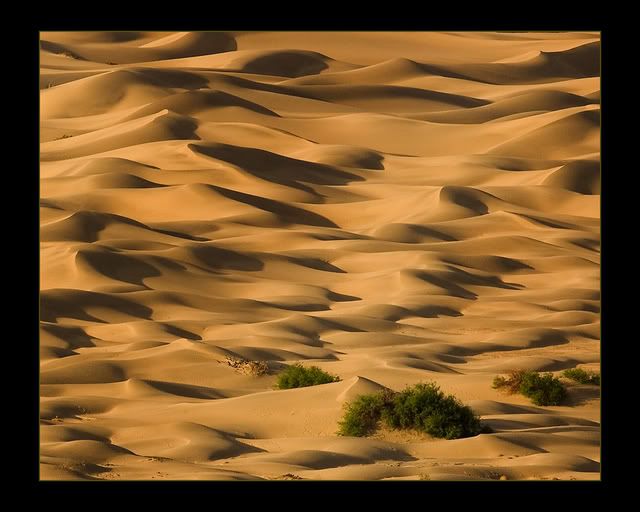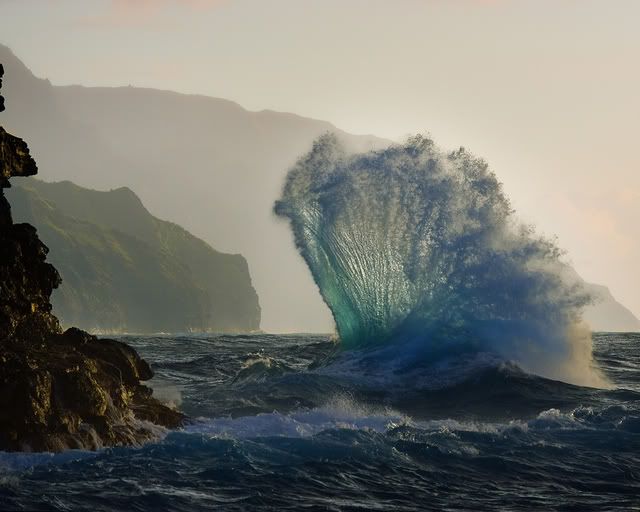Lost Canadian said:
Looking for honest feedback on this little series I called "
Washed Light"
What I did was, while shooting, I pushed the exposure as far right as possible, stopping just short of clipping. Most shots were taken around F11, I had started shooting at F18-22 but noticed that my sensor was filthy, and I didn't want to spend forever spot cleaning, so I just opened the aperture. Anyway, then in Lightroom 2, which is awesome by the way, I desaturated, sharpened, and added just a touch of vignetteing to a few of the photos.
My goal here was to give the photo's a light airy feel.
Let me know what you think, thanks in advance.

Trevor,
That is a nice series of images. I can see you worked on various compositions for each subject. And you probably noticed they didn't all work. You got close for detail images, and backed up for some wide angle views too. And my favorite, the Near - Far images. This is a good approach to working an area or subject. Your over-exposure method works well with this subject, because it is basicly white. White subjects need to be pushed to the upper exposures, so they don't come out grey in the image.
I wasn't able to pull any images out of the slideshow, to use for discussion, and I couldn't find any file names either (probably just me missing something obvious again).

Some people are masters of the "Near - Far" images.
Galen Rowell (look at image P18) was one of them. My photography has improved from studying this particular style. The key to this type of wide angle photography is: The nearest object must be the subject, allowing the background to tell you where the subject is, in the world. Many people try to take a wide angle shot of a beautiful scene, and then include something in the foreground, to create a 3D effect. It works, but isn't usually pleasing to look at. This is because the foreground was an afterthought. The foreground objects get most of your attention; so they really need to be the subject of the image. This is one of those statements that is "usually" true; but like rules, it can be broken. Check out
Marc Adamus' work. Much of Marc's work creates repeating lins & shapes between the near and far portions of the images. I aspire to do landscape work like Marc Adamus.
Anyway; you have a few there, that could be printed large, and hung in some hotels. The pail tones would be very calming, and yet the details will draw the viewer in for a closer look (sharp focus is a must).:clapsmile A few more that are good examples of good composition, framing, level, light -v- dark, etc. You could take 9 of these and make a great photo study, mounted in a large frame.
Without pulling some out, that is about all the comment I can offer. The one that stands out the most to me is, the Large Icicles. As a group of images, it is a nice piece of work.









